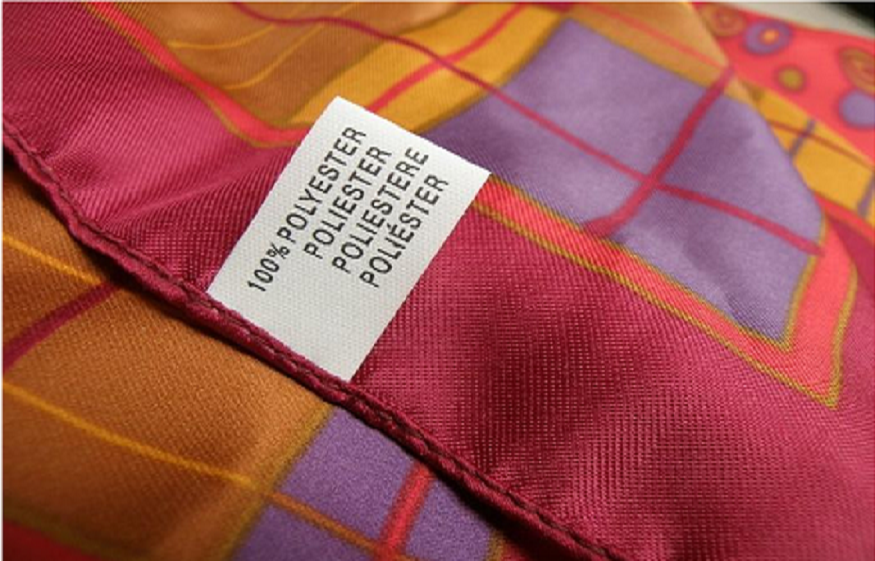
What is Fast Fashion?
Fast fashion can be defined as cheap, mass-produced apparel with a catwalk aesthetic that has a severe negative environmental impact. This is because of the waste it creates and the production emissions. The affordable prices and trendy designs of disposable clothing appeal to consumers, but because they are produced cheaply, they only endure one season and are usually discarded after a short time. Much of the fast fashion is discarded by the owner and accumulates in landfills.
Fast fashion apparel is often discouraged owing to ethical and environmental concerns. This is because the clothes are frequently produced by underpaid employees in poor conditions. They frequently put in abnormally long hours for meagre pay and are subject to the toxic chemicals and pollutants used in the textile production process.
How Long Ago Did Fast Fashion Start?
Previously, going clothes shopping was a rare occasion; when the seasons changed or we had outgrown or worn out our clothing, for instance. We typically went shopping for clothes two to three times a year in the 1990s. As we made our way into the 2000s, clothing prices unexpectedly dropped, trend cycles increased, and shopping in malls for new clothes became a fad. We also entered the world of online purchasing, where well-known high-street retailers swiftly and inexpensively copied the styles and design elements from leading fashion firms. Almost everyone could now just click a button to shop for fashionable clothing.
Fast Fashion Factors
Not sure if the brand you love is a fast fashion rogue? Consider these crucial characteristics that most fast fashion firms share:
- The store’s or website’s numerous styles all reference the most recent developments seen on the runways of prestigious fashion firms. Some designs can even be exact replicas of well-known cult products.
- The time between the emergence of a trend and the appearance of the related fast fashion clothing on store shelves or websites is extremely short.
- To take advantage of cheap labour, the corporation outsources manufacturing. Beyond the first rank, there are complicated supply chains with poor visibility.
- Limited supplies of a specific cult item of clothing. When fast fashion brands receive new inventory practically every day, consumers realise that they must buy quickly not to miss out.
- Clothing made of inexpensive materials, such as polyester and nylon, degrades after a few seasons of washing and use.
Why is Fast Fashion Undesirable?
When the Rana Plaza manufacturing complex in Bangladesh collapsed and killed over 1,000 people in 2013, the fashion industry received a reality check. At this point, people began seriously debating fast fashion.
Environmental protection is often compromised due to the drive to minimise costs and accelerate production. One of the worst pollutants of pure water is fast fashion, which uses harmful and inexpensive textile colours. Fast fashion is quite polluting and has a significant impact on the environment. The production of affordable fabrics like polyester uses fossil fuels, contributing to global warming. Microfibers from polyester also contribute to the growing amount of plastic in our oceans.
Before you buy a cheap, mass-produced polyester suit, we hope this article will cause you to think twice about your decision. Purchasing a custom suit made of expensive fabrics acquired responsibly is far better for the environment. Our materials at The Tailory New York come from several reliable Asian manufacturers.


